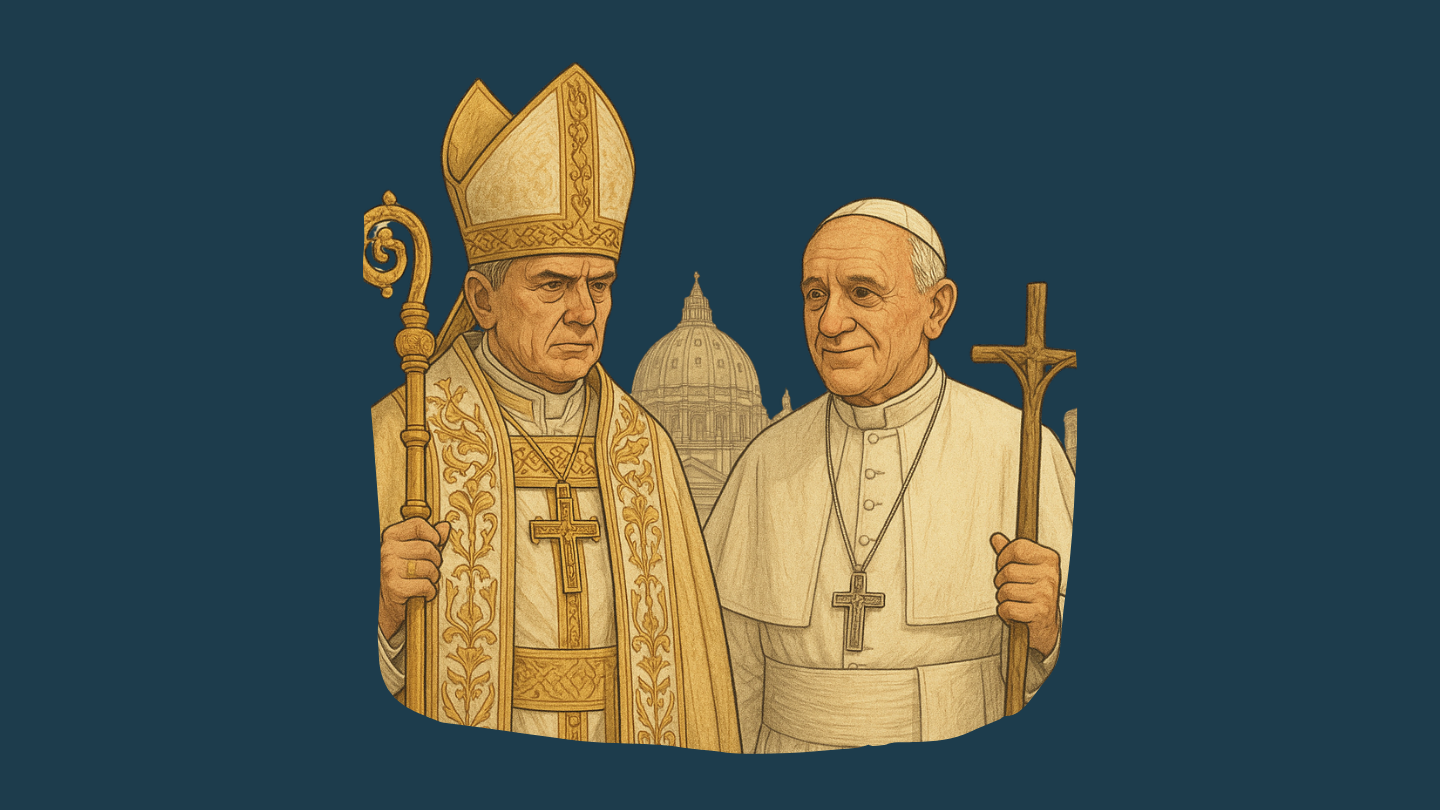Light
adjective
Translations
Arabic: خفيف (khafīf)
Chinese (Mandarin): 轻 (qīng)
French: léger
German: leicht
Hindi: हल्का (halkā)
Japanese: 軽い (karui)
Korean: 가벼운 (gabyeoun)
Polish: lekki
Portuguese: leve
Russian: лёгкий (lyogkiy)
Spanish: ligero
Thai: เบา (bao)
Turkish: hafif
Vietnamese: nhẹ
Empty space, drag to resize
Whilst every care has been taken to ensure accuracy, translations could be misleading. Check with your teacher if you are unsure.
Don't see your language? Try Google Translate
Don't see your language? Try Google Translate
Definition/s
- Of little weight; not heavy.
- Easy to lift or move.
- Not intense or serious (e.g., a light drizzle).
- Not strong in flavour, alcohol, or calories.
- Gentle or soft in effect.
Examples
- This suitcase is very light and easy to carry.
- She wore a light dress perfect for summer weather.
- His light humour helped ease the tension in the room.
Lightly
adverb
Translations
Arabic: بخفة (bikhiffa)
Chinese (Mandarin): 轻轻地 (qīng qīng de)
French: légèrement
German: leicht
Hindi: हल्के से (halke se)
Japanese: 軽く (karuku)
Korean: 가볍게 (gabyeopge)
Polish: lekko
Portuguese: levemente
Russian: легко (legko)
Spanish: ligeramente
Thai: อย่างเบา (yāng bao)
Turkish: hafifçe
Vietnamese: nhẹ nhàng
Empty space, drag to resize
Whilst every care has been taken to ensure accuracy, translations could be misleading. Check with your teacher if you are unsure.
Don't see your language? Try Google Translate
Don't see your language? Try Google Translate
Definition/s
- In a gentle or soft manner.
- Without much force, seriousness, or intensity.
- To a small degree; slightly.
Examples
- She tapped lightly on the door to avoid disturbing anyone.
- Sprinkle the salt lightly over the salad.
- He laughed lightly at her joke.
What are Openers?

- Openers are conversation starters you will use to participate in a discussion. They come in three forms:
1. Open Questions
- Ask an open question and understand your conversation partners’s views.
- Make sure to ask follow ups, and remember: this is a conversation, not an interview!
2. Stories
- Tell a personal story. Something that has happened to you, or somebody you know.
- Or tell us about something that you have done or seen.
- Your conversation partners must then follow up with you or reciprocate with their own stories.
3. Opinions
- Share an opinion about something that the content has inspired.
- Respectfully identify any agreement or disagreement there is in the room.
What are Openers?

- Openers are conversation starters you will use to participate in a discussion. They come in three forms:
1. Open Questions
- Ask an open question and understand your conversation partners’s views.
- Make sure to ask follow ups, and remember: this is a conversation, not an interview!
2. Stories
- Tell a personal story. Something that has happened to you, or somebody you know.
- Or tell us about something that you have done or seen.
- Your conversation partners must then follow up with you or reciprocate with their own stories.
3. Opinions
- Share an opinion about something that the content has inspired.
- Respectfully identify any agreement or disagreement there is in the room.
The Skinny
You’ve been asked to brief a senior executive (the “boss”) on a key issue from a recent business news event. This person is busy and relies on you to give them insight, not headlines.
You have 60–90 seconds to deliver a concise, high-value update tailored to their concerns and communication preferences.
1. Read the boss profile carefully.
- Who are they?
- What do they care about?
- What do they not want to hear?
2. Stick to their focus.
- What part of the story matters most to them?
- Don’t explain everything—prioritise.
3. Use business English.
- Be clear, precise, and professional.
- Avoid informal or emotional language.
Two Papal Styles: Clerical vs. Pastoral

Not all popes lead the same way. Some focus more on rules and tradition, while others focus on care and connection. These two styles are often called clerical and pastoral.
Understanding the difference can help us see why Pope Francis felt so different from past leaders—and why some people loved his style while others disagreed with it.
Understanding the difference can help us see why Pope Francis felt so different from past leaders—and why some people loved his style while others disagreed with it.
🟣 Clerical Style
- Focuses on rules, tradition, and Church authority
- Speaks with clear, firm direction
- Keeps strong boundaries between Church leaders and members.
Example: A clerical pope might defend strict Church teachings on family or sacraments.
🟢 Pastoral Style
- Focuses on compassion, listening, and inclusion
- Tries to meet people where they are.
- Emphasises mercy over judgment.
Example: A pastoral pope might welcome divorced people or support migrants and the poor.

